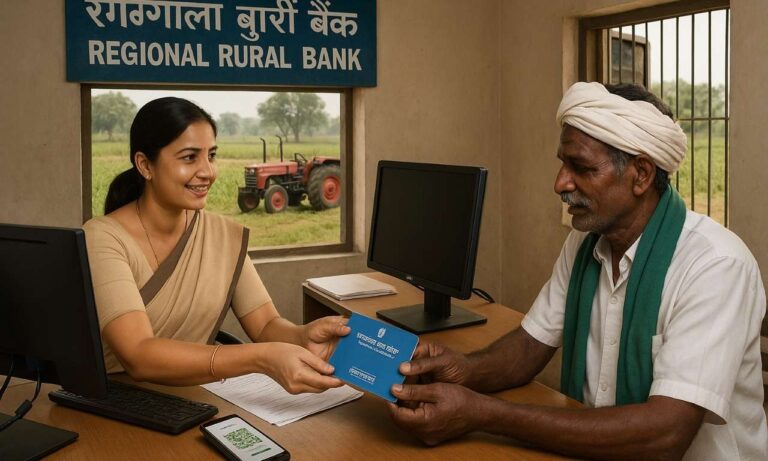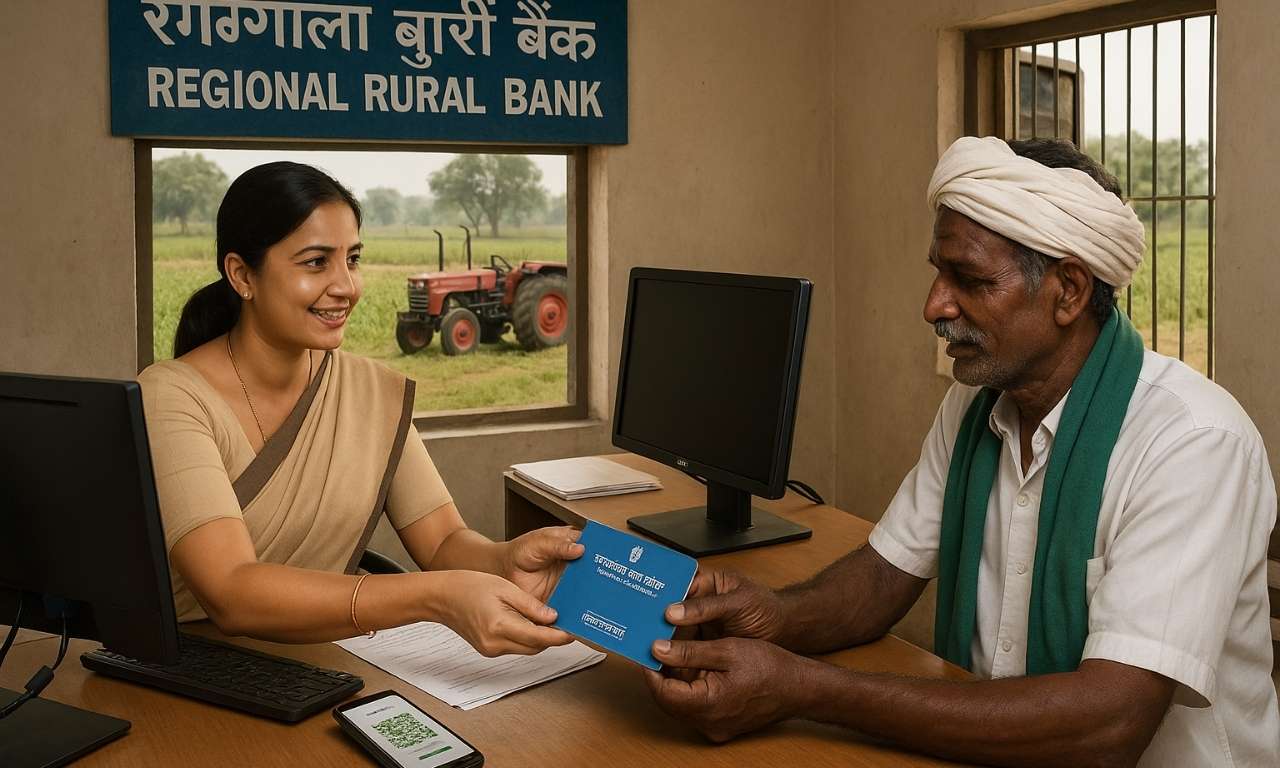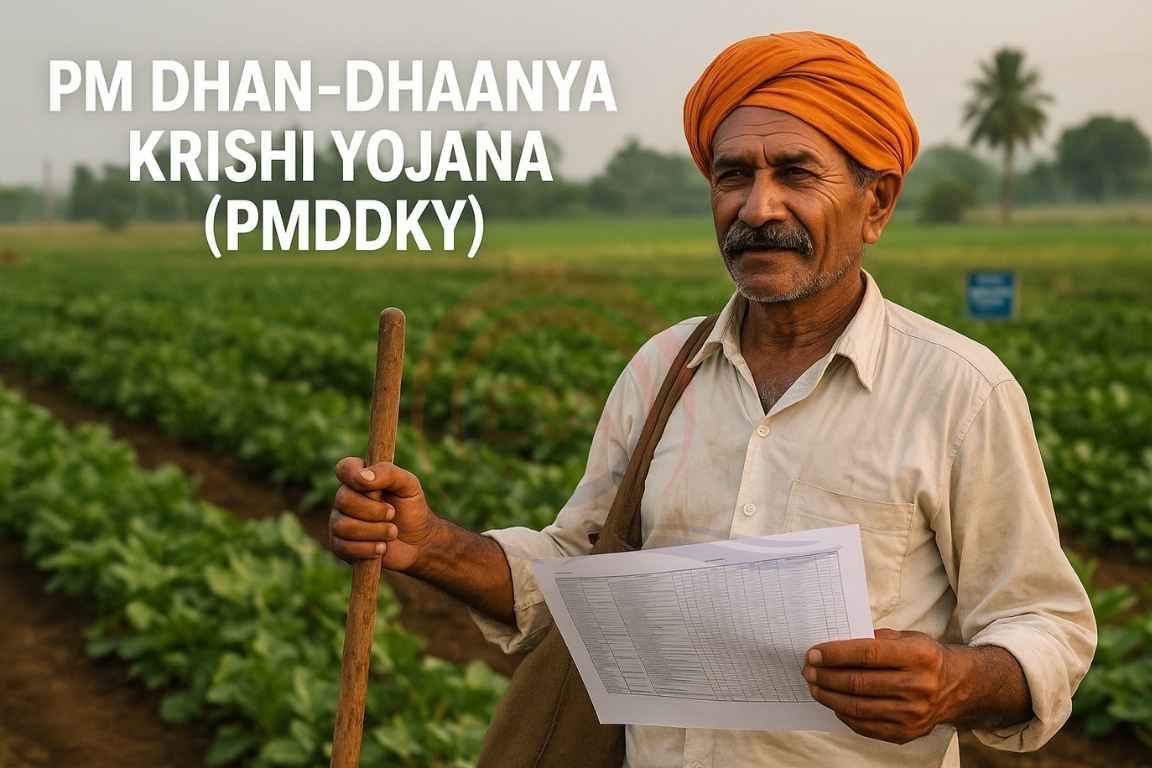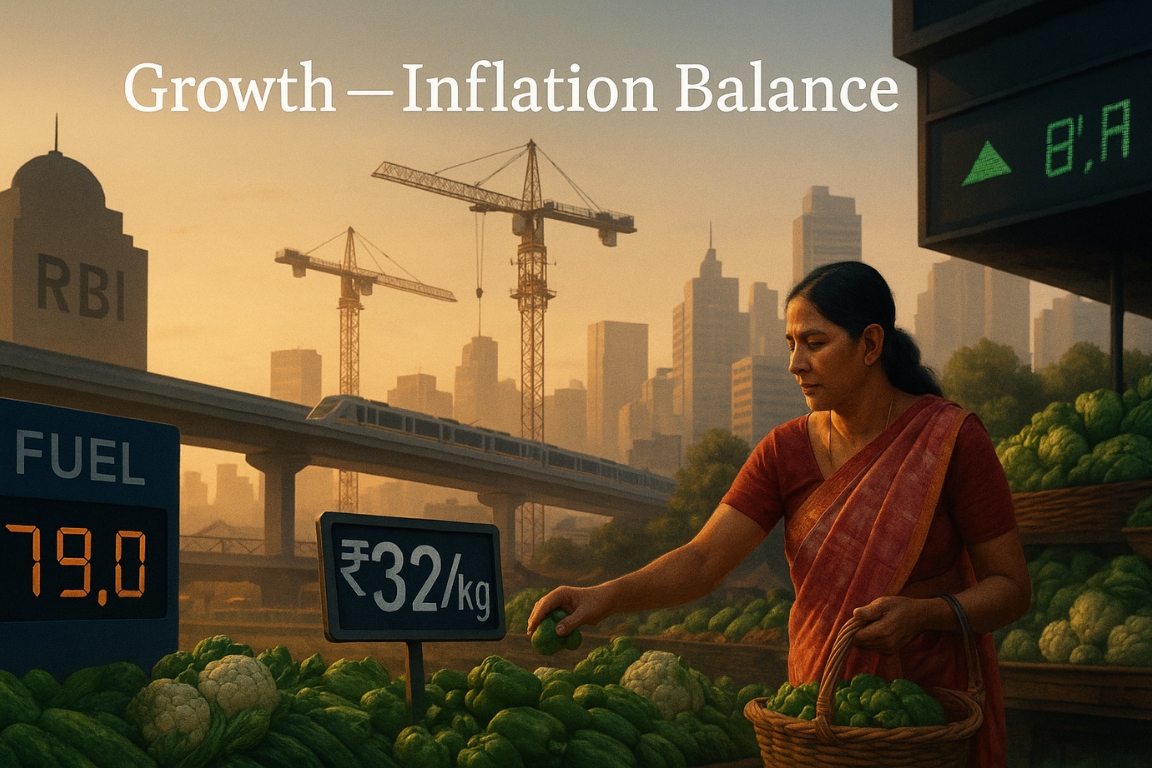The Union Finance Minister recently reviewed the performance of Karnataka Grameena Bank (KaGB) in Ballari and urged rural banks to increase agricultural lending.
About Agricultural Credit in India
- Key Credit Providers: Public Sector Banks, Regional Rural Banks (RRBs), Cooperative Banks, and NABARD are the main sources of formal farm credit.
- Types of Credit:
- Short-Term Loans: For inputs like seeds, fertilizers, pesticides, and other seasonal expenses.
- Medium & Long-Term Loans: For purchasing machinery, irrigation equipment, and developing farmland.

Why Agricultural Credit Needs a Boost
- Rising Input Costs: Increasing prices of fertilizers, seeds, and machinery have made affordable loans essential for farmers.
- Rural Diversification: Growth in allied sectors like dairy, fisheries, food processing, and agri-tech startups needs better financial access.
- Credit Gap for Small Farmers: About 85% of farmers are small or marginal and rely on informal lenders charging high interest rates.
- Support for FPOs & MSMEs: These organisations need working capital to improve value chains and rural employment.
- Adapting to Climate Change: Financing is required for climate-resilient crops, irrigation, and mechanisation.
Government Initiatives to Strengthen Agricultural Credit
- Kisan Credit Card (KCC): Provides easy and flexible credit access to farmers.
- Priority Sector Lending (PSL): Mandates banks to allocate 18% of Adjusted Net Bank Credit to agriculture.
- Interest Subvention Scheme (ISS): Offers loans at concessional rates, especially during crop failures or natural calamities.
- NABARD Refinance: Supplies low-cost funds to rural banks for farm development projects.
- Promotion of FPOs: Government plans to form 10,000 Farmer Producer Organisations to enhance collective bargaining and credit reach.
- Digital Innovations: Tools like Digital KCC, Agristack, and JAM Trinity streamline credit delivery and prevent leakages.
Major Challenges
- Regional Imbalance: Eastern and Northeastern states receive far less institutional credit than Southern or Western states.
- Short-Term Focus: Most loans are short-term, limiting investment in farm infrastructure.
- Land Ownership Issues: Tenant and landless farmers often lack access due to missing land titles.
- Rising NPAs: Defaults and poor recoveries affect RRBs’ financial strength.
- Slow Delivery: Paperwork delays and weak risk assessment hinder effective lending.
The Way Forward
- Strengthen Rural Banks: Infuse capital and upgrade digital systems for faster credit flow.
- Promote Allied Sector Lending: Encourage loans for fisheries, dairy, and renewable energy to diversify income.
- Inclusion of Marginal Farmers: Use Self-Help Groups (SHGs) and Joint Liability Groups (JLGs) to include women and tenants.
- Use Technology: Adopt AI-based credit scoring and satellite data to assess risk and prevent fraud.
- Better Coordination: Align policies of Finance Ministry, NABARD, and state governments to ensure balanced and inclusive rural credit growth.
Conclusion
Enhancing agricultural credit is vital to strengthen rural incomes, reduce dependency on informal lenders, and promote sustainable and inclusive growth in India’s rural economy.
This topic is available in detail on our main website.





